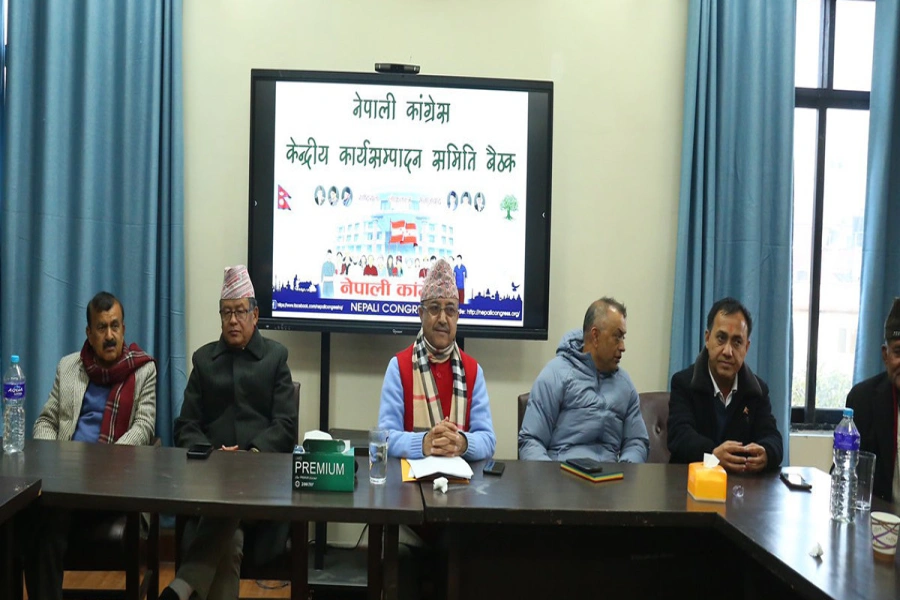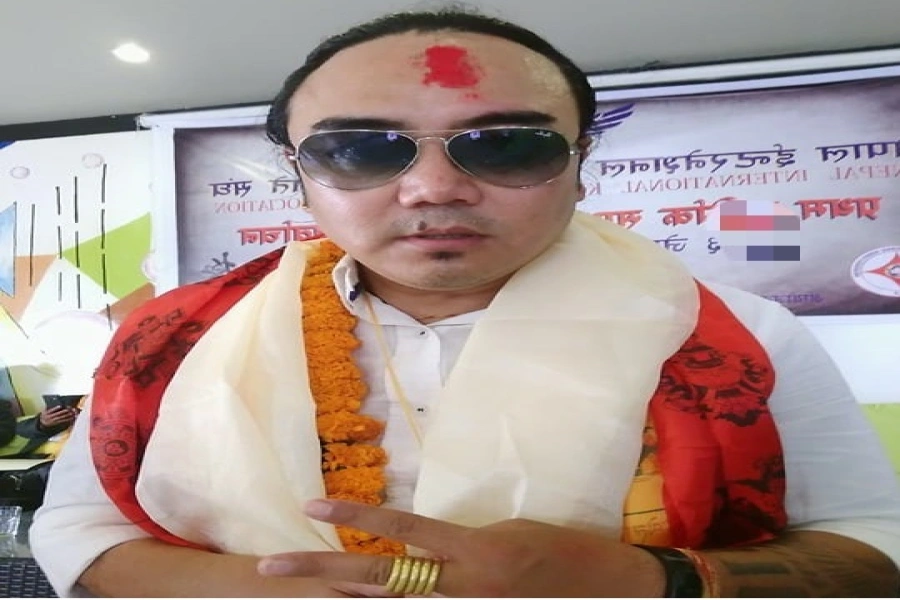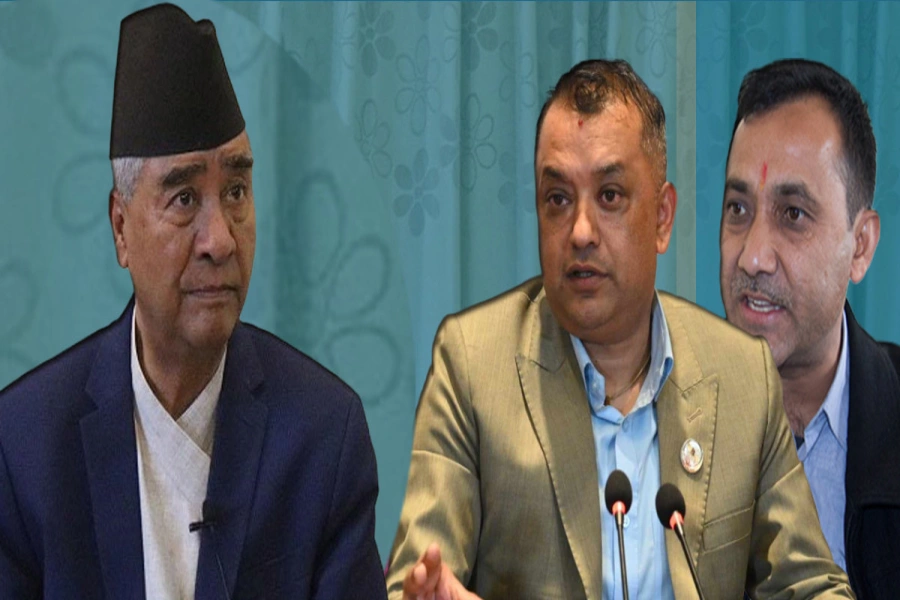Nepal and China have a lot in common in terms of culture and celebrations. Like Nepal, various traditional festivals are celebrated in China. Spring festival, also New Year, is the biggest celebration in China. Each year when winter is at its end and spring around the corner, people throughout China and those living outside China enthusiastically celebrate the first important traditional holiday of the year. Chinese celebrate spring festival as a New Year by the lunar calendar. Today (January 25) is their New Year. According to Chinese lunar calendar, there are 12 animals—mouse, ox, tiger, rabbit, dragon, snake, horse, sheep, monkey, rooster, dog, pig—to symbolize the year in which a person is born. This year is rat year.
Apart from spring festival, lantern festival, pure Brightness day, the dragon boat festival, the mid-autumn festival, and double ninth festival are celebrated with joys and happiness. On the occasion of spring festival, Chinese people observe one week national holiday starting from the first day of New Year. People visit relatives and friends and exchange greetings. On the second day, friends and relatives visit each other with New Year cakes and orange crunchy candy as gifts. On the third day people just stay home and clean their houses.
In the past, when Chinese people used the lunar calendar, the spring festival was known as the “New Year”. It falls on the first day of the lunar month, the beginning of a New Year. After 1912, China adopted the Gregorian calendar to distinguish the lunar New Year from the New Year of Gregorian calendar.
Why do birds sing on spring ?

The last evening before the spring festival, the lunar New Year eve, is a very important time for family reunions. The whole family gets together for a sumptuous dinner, followed by an evening of pleasant talk, games etc. Some families celebrate with different cultural programs staying up all night. On this occasion, some go for marriage considering it as the auspicious day. Others leave for a long trip.
On the morning of New Year, they exchange greetings and best wishes among relatives and friends. Earlier they used to exchange cards. These days, most city dwellers send greetings through We Chat. During the New Year and spring festival people enjoy various traditional and modern recreational activities. Firework is played to express joy and happiness during the spring festival and other auspicious occasions too. Firework playing is regarded as China’s most important custom.
Use of festival couplets is popular in China. Spring festival couplets are hung not only on the front of gates, but also on the walls and beams and in sitting rooms. Preparation for the New Year begins several days early when houses are thoroughly cleaned and new clothes purchased. People clean the houses in order to sweep away any ill-fortune and to make way for incoming good luck. Another custom is the decoration of windows and doors with red paper. Popular themes among these paper-cuts and couplets include that of good fortune or happiness, wealth, and longevity. Other activities include lighting firecrackers and giving money in red paper envelopes. In the northern regions, dumplings are eaten in meals.
On New Year eve, all the members of families come together for joint feast. Jiaozi, steamed dumplings, is more popular in the north, while a sticky sweet glutinous rice pudding called Nian Gao is preferred in the south. In spite of heavy influence of western culture, Chinese people still celebrate and observe their customs, festivals and activities accompanying traditional feasts.
The author is president of Nepal-China Cultural and Educational Council





































